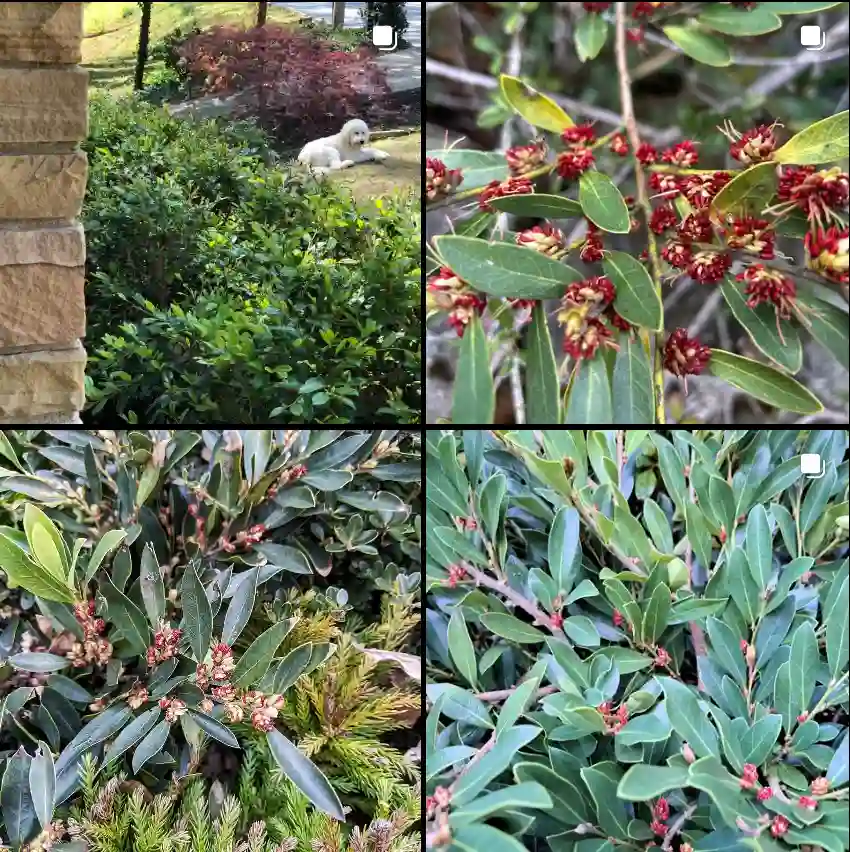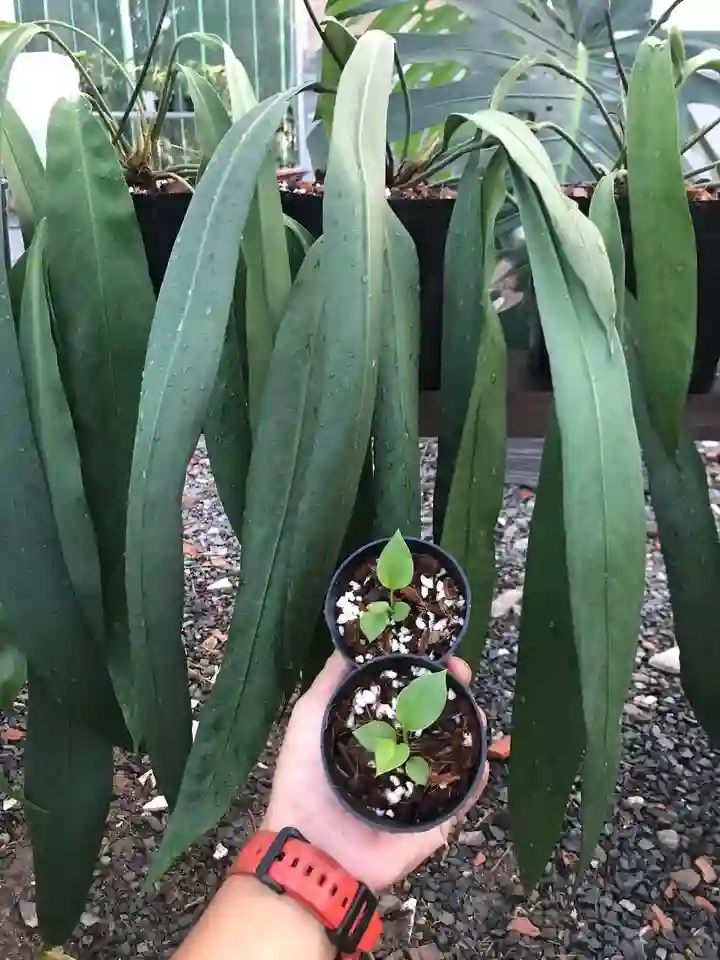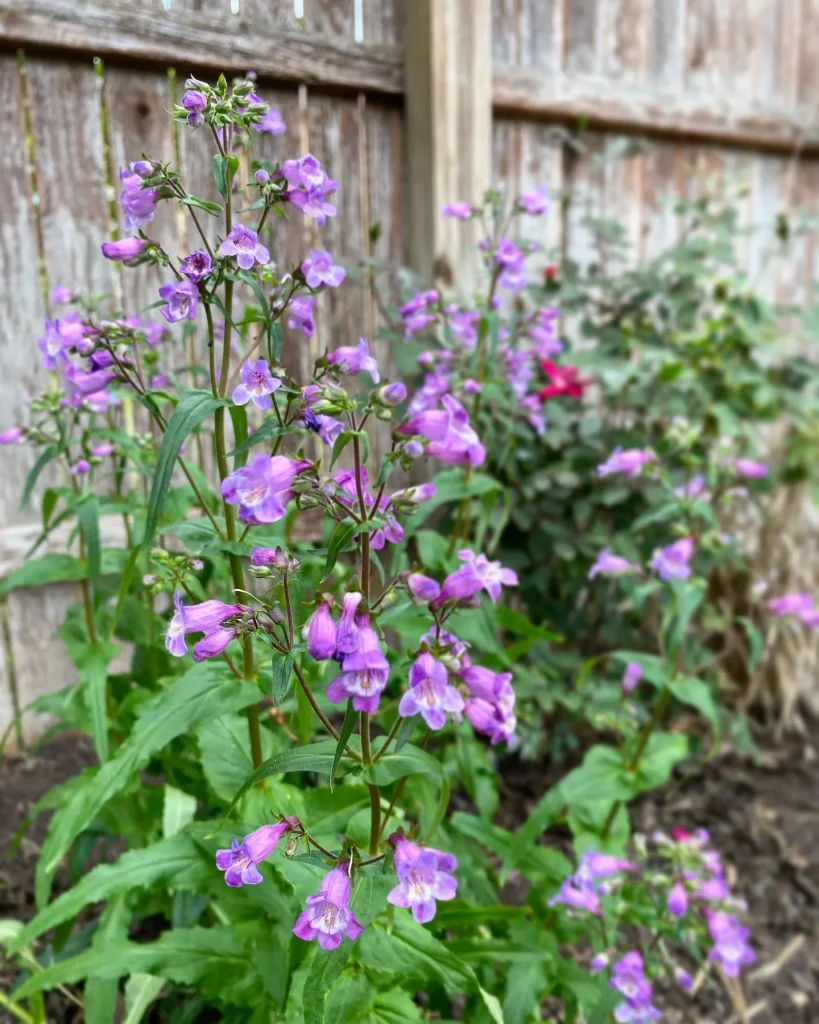Helleborus Black Beauty: Unveiling the Dark Elegance of the Winter Rose
Hi there, Ferb Vu here. As a plant enthusiast, I’ve come across countless captivating flora, but there’s something undeniably special about Helleborus Black Beauty. Often referred to as the Winter Rose, this perennial gem boasts a unique charm that transcends seasons. Today, I’d like to delve into some of the most frequently asked questions regarding this beauty, and perhaps even shed light on how it compares to other popular plants.
17 Species in Genus Helleborus – Lenten Rose
What makes Helleborus Black Beauty so special?
The allure of Helleborus Black Beauty lies in its stunning visual appeal. Unlike many flowers that take a break during the colder months, Black Beauty thrives in the winter. Its captivating blooms boast a near-black hue, a stark contrast against the winter landscape. The glossy, cup-shaped flowers are further accentuated by delicate green or maroon-tinged foliage, creating a truly mesmerizing display.
How do I care for Helleborus Black Beauty?
The good news is that Helleborus Black Beauty is a relatively low-maintenance plant. It prefers well-drained soil in a partially shaded location. Aim to keep the soil consistently moist but not soggy. During the summer months, a light watering schedule is sufficient. A balanced fertilizer applied in early spring can promote healthy growth and vibrant blooms.
Is Helleborus Black Beauty poisonous?
Unfortunately, yes. Like many other hellebores, Black Beauty contains toxins that can be harmful if ingested. It’s crucial to keep this plant out of reach of children and pets. When handling the plant, wear gloves to avoid skin irritation.
When and how does Helleborus Black Beauty bloom?
As its nickname suggests, Helleborus Black Beauty is a true winter hero. The blooms typically start appearing in late winter or early spring, often persisting well into March or even April. The flowers emerge gradually, adding a touch of elegance to your garden as the colder months begin to wane.
Can I grow Helleborus Black Beauty indoors?
While Helleborus Black Beauty thrives outdoors, it can also adapt to container life indoors for a shorter period. However, it requires cool temperatures to bloom. If you choose to bring it indoors, place it in a well-lit, cool location and avoid keeping it near heat sources.
How long does Helleborus Black Beauty live?
With proper care, Helleborus Black Beauty can grace your garden for many years to come. These perennials are known for their longevity, often lasting for a decade or even longer. They tend to mature and produce more blooms over time, making them a worthwhile investment for your landscape.
Helleborus Black Beauty vs. Other Winter Bloomers
Gardeners often compare Helleborus Black Beauty to other winter-flowering options. Here’s a quick comparison to two popular choices:
- Helleborus Niger (Christmas Rose): Both Black Beauty and the Christmas Rose share similar characteristics, offering stunning winter blooms. However, the Christmas Rose typically features white or light-colored flowers, contrasting with Black Beauty’s dramatic dark hues.
- Snowdrops (Galanthus Nivalis): While both are winter bloomers, Snowdrops offer a completely different aesthetic. These delicate white flowers boast a bell-shaped form, adding a touch of whimsical charm to the winter garden.
Ultimately, the choice between these plants depends on your personal preference. If you crave a bold statement piece for your winter landscape, Helleborus Black Beauty is an undeniable champion.
In Conclusion
Helleborus Black Beauty is more than just a winter flower; it’s a testament to nature’s enduring beauty. With its captivating blooms and low-maintenance requirements, this perennial gem is sure to add a touch of magic to your garden. So, if you’re looking for a plant that thrives in the colder months and offers a unique visual interest, look no further than the Helleborus Black Beauty.
If i die, water my plants!



